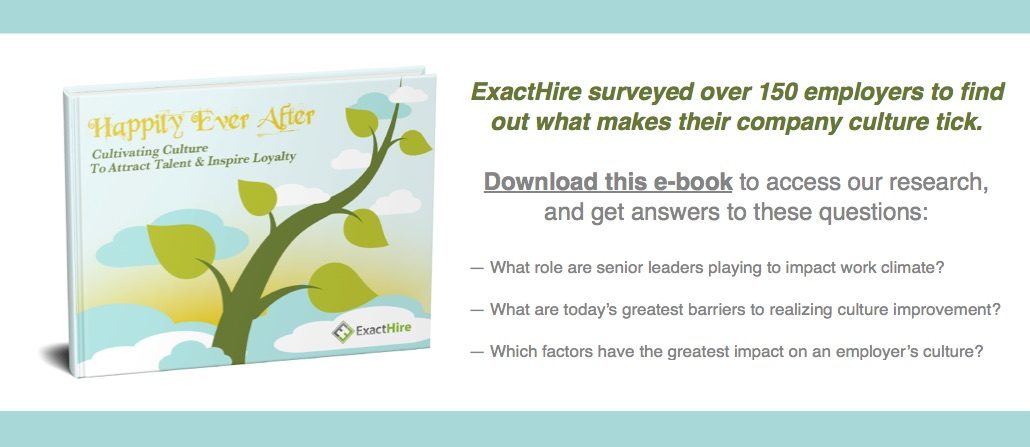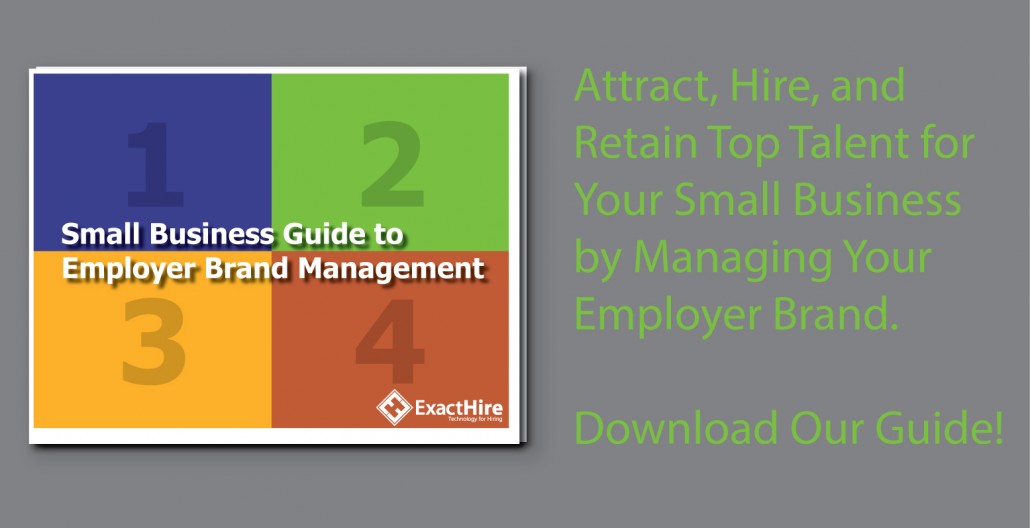Recruiting Ninjas: 5 Ways to Build a Niche Network
Sales and recruiting have a lot in common and I think just about any recruiter out there would agree with that. Given this similarity in function, you can imagine the path to success for both is likely similar. All good salespeople and recruiters know that networking is the key to any long term success.
Successful networking involves repetitive and constant effort. All plants will eventually die if you don’t water them. Just like sales, all recruiting networks will eventually dry up if you don’t nurture them. As a recruiter you most likely already have a technology solution to let you manage job openings and applicants. If not, you need to get one! An applicant tracking system like HireCentric ATS from ExactHire is what you need to track and manage all your leads and applicants resulting from your networking efforts.
Recruiting is a “results-based” endeavor. Meaning, placements and hires are what matter. However, all recruiters know there is a significant amount of activity that goes into it. Since you don’t have unlimited time, you need to make sure your activities are focused on what will get you results and what will help you build your network.
Building a successful network requires focusing and fine tuning your efforts. In order to focus your network efforts you need to pick a niche. If you are hiring software developers, your networking efforts need to focus on those groups, activities and associations. Focus on the following five activities to build your niche network, be more efficient, and reduce your time-to-hire.
Niche Job Boards
Focusing your efforts is critical to getting the best return on your [time] investment. Job boards can take some getting used to and none of them are real easy to post openings on or search for candidates. So how do you make your use of job boards effective? There are a few steps you can take.
First, find a job board that is very specific to the target market for which you are hiring. Do your research on the volume of jobs posted. If it has a resume database, evaluate the number of resumes it contains. Do some searches for your target candidates. How many are in the system, when were their resumes last updated? These are questions to ask when evaluating the system.
Hint, hint! If you’re an agency recruiter or independent recruiter, look at the companies that are posting jobs on these boards. These are potential leads and you can clearly identify their needs. Use it to your advantage.
Attend Niche Professional Organizations
Building a network must involve–you guessed it–networking. Forget about recruiter networking groups. After all, you aren’t hiring recruiters. Identify networking groups that are associated with your target market. If you are seeking candidates, focus on groups and associations in which they would be involved and attend those events. If you are seeking clients, focus on groups and associations to which those hiring managers [decision makers] would belong.
Hint: Most of those groups will have both potential candidates and clients as members.
Speak at Niche Events
Speaking is always a great way to network with many people at once. It’s also one of the toughest areas to break into and you usually need a network to get started in speaking. That being said, many professional organizations are always looking for speakers at events. As long as you’re competent and you know the material you are presenting, speaking is the best way to get branded an “expert.”
Tailor your message to your audience. You have a captive audience for networking so take advantage of it. This is more than an elevator pitch, it’s a full commercial. Continue the conversation with those who come up to speak with you afterwards. If you’re speaking to potential clients, this is great exposure to your services.
Give Career Advice
Since you are a recruiter you should, by default, be an expert in career advice. Since you live and breathe job placement everyday, you have unique insight into what employers seek, how they make decisions, what candidates want, etc. Share this knowledge and information with both potential clients and candidates.
You should use a variety of mediums to share your knowledge such as blogging, writing articles and short books, speaking (as mentioned above) and volunteering at career centers and workshops. These are all fantastic ways to build your network. Focus your advice on interviewing, resume writing and job searching. You’ll also have the side benefit of getting first glance at potential candidates before they even apply to other jobs.
Know Your Stuff
A recruiter who is competent and credible in the industry in which they recruit will achieve greater levels of success than his peers. Some of the most successful recruiters have actually practiced the trade for which they source candidates. Being able to talk-the-talk and walk-the-walk will not only help you win instant respect from clients, but also from candidates.
Now demonstrate your expertise and knowledge. Seek out any opportunity to write for blogs, submit articles, etc. Sign up for opportunities to be an expert source or reference for different publications at the site Help A Reporter Out (HARO). Brand yourself and your social media presence as an expert in the fields for which you recruit. Actually take the time to learn the jobs of those you are recruiting. Know what goes into their daily activities. Know the good and the bad. Understand the typical struggles. Most importantly know why your candidates typically look for new opportunities.
Building a niche network will not only help focus your precious time and efforts on the activities that will actually generate better results for your recruiting efforts, but it will also brand you as a career expert in your area. When you are a defined expert, people will seek you out. In recruiting this means not only will candidates seek you out, but clients will as well.
Photo Credit: OpenClipart-Vectors



